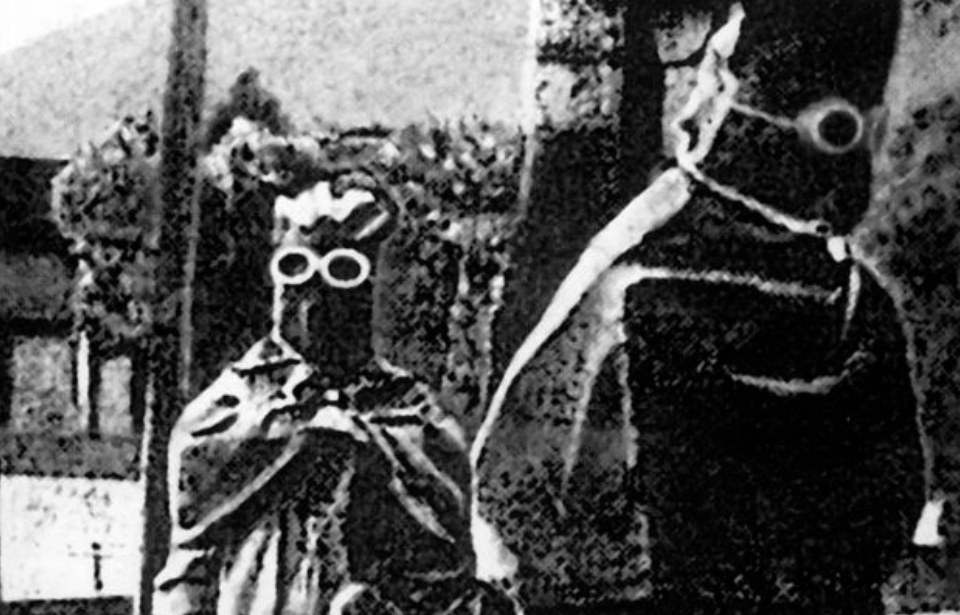A team of archaeologists in China have unearthed a secret underground “horror bunker” operated by Japan’s infamous Unit 731 to conduct experiments on human test subjects during the Second World War. The facility, one of the largest and most-used, was in operation from 1941-45, and was the site of ghastly acts against innocent civilians and prisoners of war (POWs).
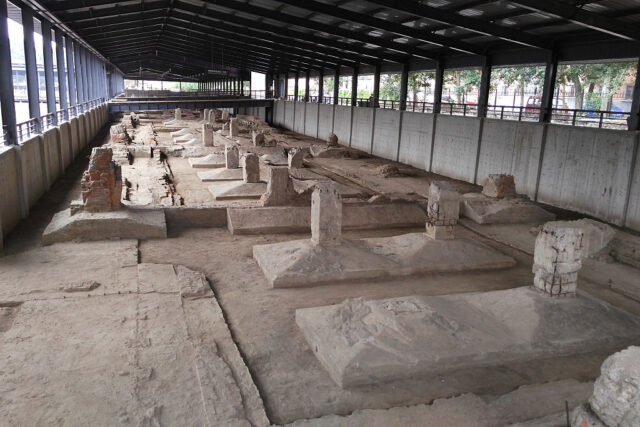
Similar bunkers were built during the Japanese occupation of Manchuria, beginning in 1931, with those working there destroying it toward the end of World War II. Its location had remained a mystery for decades, prompting a team of archaeologists in 2019 to begin a project to try and find it.
Using drilling, geophysical prospecting and excavations, they uncovered the underground facility near the city of Anda, in China‘s Heilongjiang province. It is 33 meters long and 21 meters wide, and while the team has yet to enter it or even discern its purpose, they have noted laboratories, wells, observation and dissection rooms, dining areas, bathhouses, barracks and holding cells.
While in operation, the facility also featured aboveground areas, including additional wells and barracks, a runway, warehouses and makeshift bombing targets. To protect the experiments happening within, a barbed wire fence was erected.
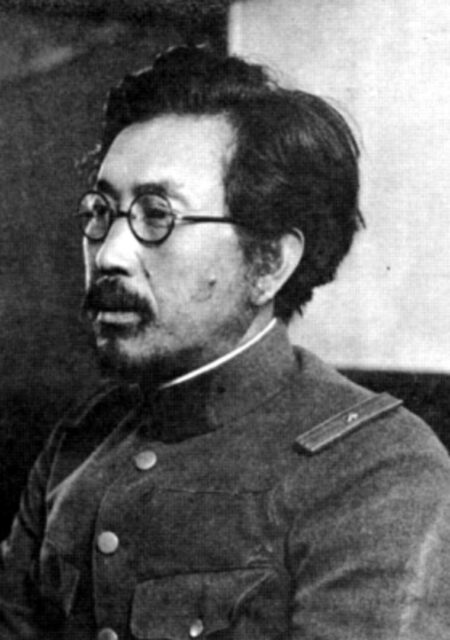
Unit 731 – officially known as the Epidemic Prevention and Water Purification Department of the Kwantung Army – began as a Japanese-run public health unit, under the command of combat medic and microbiologist, Gen. Shirō Ishii. However, as Japan continued its imperialistic ambitions, it quickly turned into a military chemical and biological testing unit.
While biological weapons were banned under the Geneva Protocol, Japan chose to continue with its research, viewing the ban as verification that such weapons were effective. They opted to begin their testing in Manchuria, as officials saw the Chinese as “no cost research subjects.”
Along with Chinese citizens, Unit 731 also performed tests on American, Korean and Russian prisoners of war, who were referred to as “logs” by their captors.
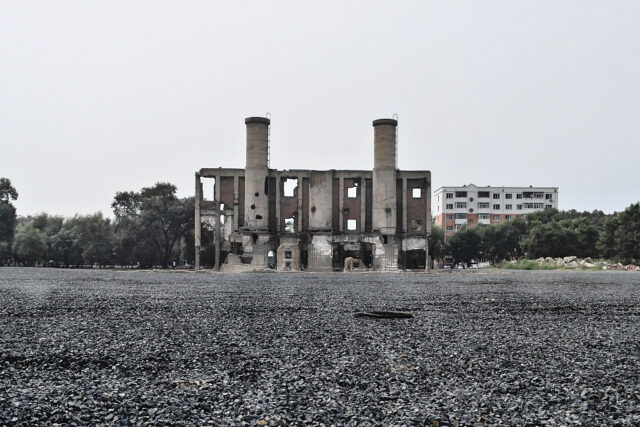
It’s estimated that up to 12,000 individuals – including women and children – lost their lives as a direct result of the experiments conducted at the Anda facility. While these included weapons tests with the likes of flamethrowers, chemical agents, grenades and bacterial bombs, they also centered around human physiology.
Among the gruesome experiments performed on the victims were dissection, vivisection without anesthesia, amputation, organ procurement, being injected with animal blood and subjected to X-rays, dehydration, frostbite, being held within low-pressure chambers and killed within spinning centrifuges.
Unit 731’s testing led to real-world applications. Bubonic plague-infested fleas were dropped over China via low-flying aircraft, causing deadly outbreaks that killed hundreds of thousands. Other epidemics, such as typhoid and paratyphoid, were caused by placing germs in marshes, wells and food.
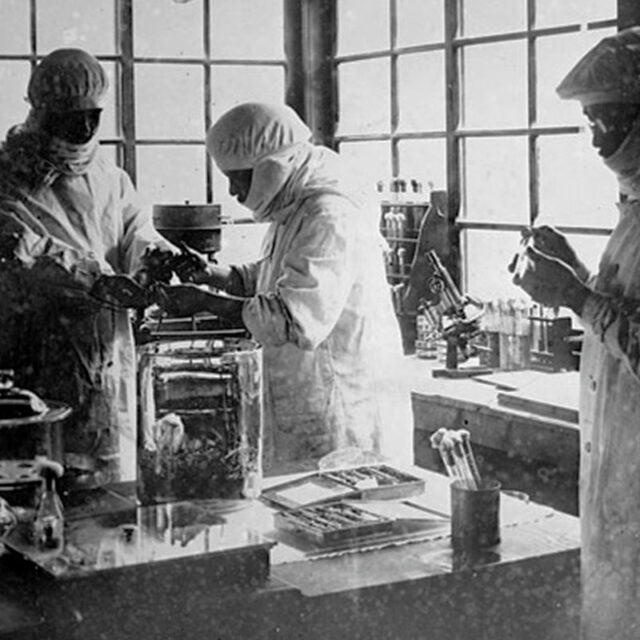
Toward the end of the Second World War, Unit 731 planned to deploy kamikaze pilots to spread the plague over San Diego, California, with the mission being dubbed Operation Cherry Blossoms at Night. It was canceled after the atomic bombings of Hiroshima and Nagasaki.
Just prior to Japan’s surrender, the Anda facility was destroyed and all prisoners executed to hide evidence of the experiments that went on there. While Unit 731 scientists captured by the Soviet forces were held responsible for their war crimes, those held by the United States were secretly granted immunity, in exchange for their research.
The documents and information were brought back to Fort Detrick, Maryland. Still in operation, it served as the center of the country’s biological weapons program between 1943-69, at the height of the Cold War.
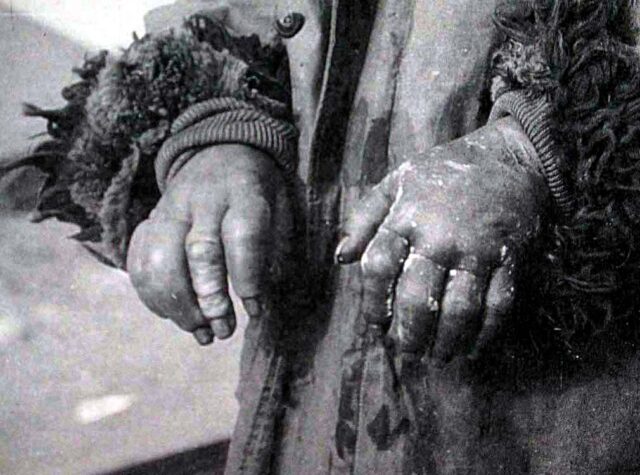
Speaking with the South China Morning Post, the team says the discovery of the Anda bunker “highlights the ongoing legacy of Unit 731’s atrocities and their impact on global efforts to prevent biological warfare.” In 2002, the Tokyo District Court ruled that Japan had committed biological warfare during the war, resulting in the murders of many.
More from us: If You’ve Ever Wanted to Own a Lighthouse, It Might Be Your Lucky Day!
The bunker was uncovered through the efforts of the Heilongjiang Provincial Institute of Cultural Relics and Archaeology. The team plans to continue excavation of the site, in the hopes of gathering additional information.
